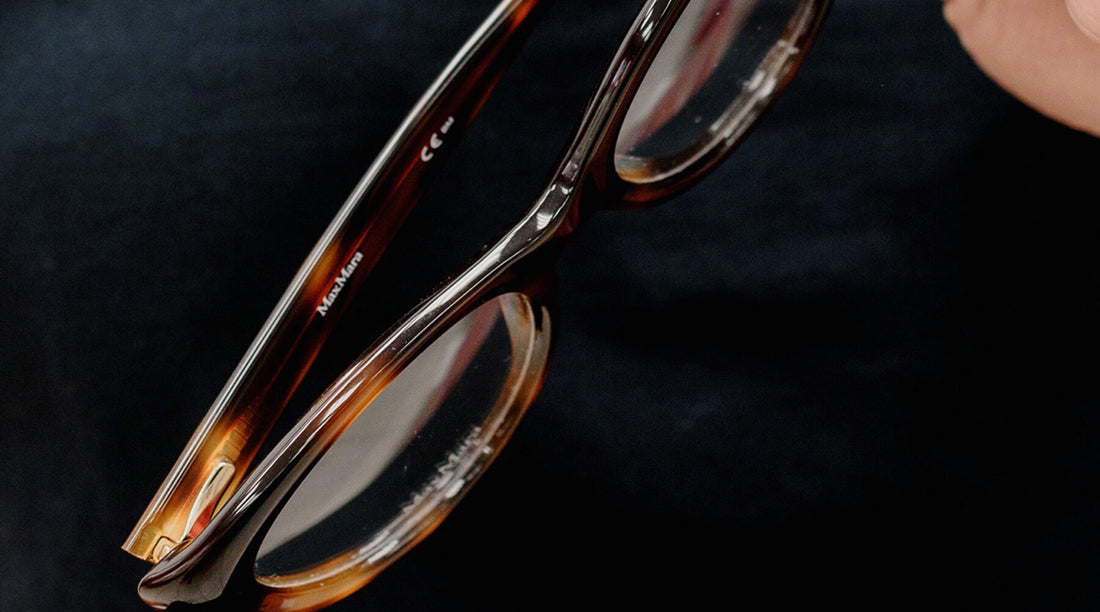In the ever-evolving landscape of eyeglass lens technology, selecting the right lens index is crucial for optimal vision clarity and comfort. This guide demystifies the lens index spectrum, from standard to high-index options, to help you make an informed decision.
Lens Index: Understanding the Basics
The lens index numerically represents the refractive power of the lens material, influencing the lens's thickness. Certain materials, especially those used in high-index lenses, are particularly efficient at bending light. High-index lenses, made from premium materials, provide stronger corrections without the bulk. As prescription strength increases, lenses usually become thicker and heavier. However, high-index materials offer thinner and lighter alternatives, making them an ideal choice for strong prescriptions. The lens index typically ranges from 1.50 to 1.74.
High-Index Lenses: The Benefits
High-index lenses offer several advantages, including improved efficiency in bending light, which reduces the need for additional material. They also provide a more streamlined appearance due to their thinner design. Additionally, the lighter weight of high-index lenses enhances comfort, particularly for those who wear glasses for extended periods.
Lens Material Considerations
The quality of lenses is determined by their refractive index, as indicated on the Lens Index chart. Even slight differences in lens indices can significantly impact your lifestyle. Low-index lenses tend to be thicker but more budget-friendly, providing basic vision correction. In contrast, high-index lenses require less material, resulting in thinner, lighter designs that can be customized to address a wide range of vision correction needs.
1.56 Standard Index
1.56 standard index lenses offer an affordable option for those with mild prescriptions. These thinner lenses are suitable for:
- SPH correction of +/- 2.00 and less
- CYL correction of +/- 2.00 and less
1.61 Intermediate Index
1.61 high-index lenses provide a slim profile, ideal for those seeking a modern and stylish appearance. They fit well into thin frames, making them perfect for everyday wear. Suitable for:
- SPH correction of +/- 2.25 to +/- 4.00
- CYL correction of +/- 2.25 to +/- 3.00
1.67 High Index
The 1.67 high-index lenses are exceptionally thin, offering a more refined look than the 1.61 lenses. They are a great option for those with a stronger prescription. Suitable for:
- SPH correction of +/- 4.25 to +/- 8.00
- CYL correction of +/- 3.25 to +/- 4.00
1.74 High Index
The 1.74 high-index lens is the thinnest available option, ideal for individuals with the highest prescriptions. Suitable for:
- SPH correction of +/- 8.00 and higher
- CYL correction of +/- 4.25 to +/- 6.00
Shopping at Anrri: A Personalized Experience
At Anrri Eyewear, we pride ourselves on offering a diverse selection of eyewear tailored to meet the unique needs of our customers. Whether you're in search of high-index lenses for a sharper, lighter, and more comfortable vision experience, or you're looking for frames that complement your personal style, we've got you covered.
Our collection boasts an array of high-index lenses with varying refractive indices, ensuring that you find the perfect match for your prescription. We understand that each individual's vision requirements are distinct, and we're committed to providing options that cater to those differences.
Not only do we offer a wide range of lens indices, but we also have an extensive selection of frames to choose from. From classic to contemporary, our frames are designed to enhance the benefits of high-index lenses, offering a balance of style and functionality.
Shopping at Anrri Eyewear means you can expect:
- A Personalized Experience: Our knowledgeable staff is here to guide you through the selection process, ensuring you find the best fit for your vision and style preferences.
- Quality Assurance: We stand by the quality of our products, ensuring that every pair of glasses meets the highest standards of craftsmanship and comfort.
- Convenience: With our user-friendly online platform, you can easily browse through our offerings and make an informed decision from the comfort of your home.
Embrace the journey of finding the perfect pair of glasses with us. Visit our website today and let Anrri Eyewear be your trusted partner in vision care.







































